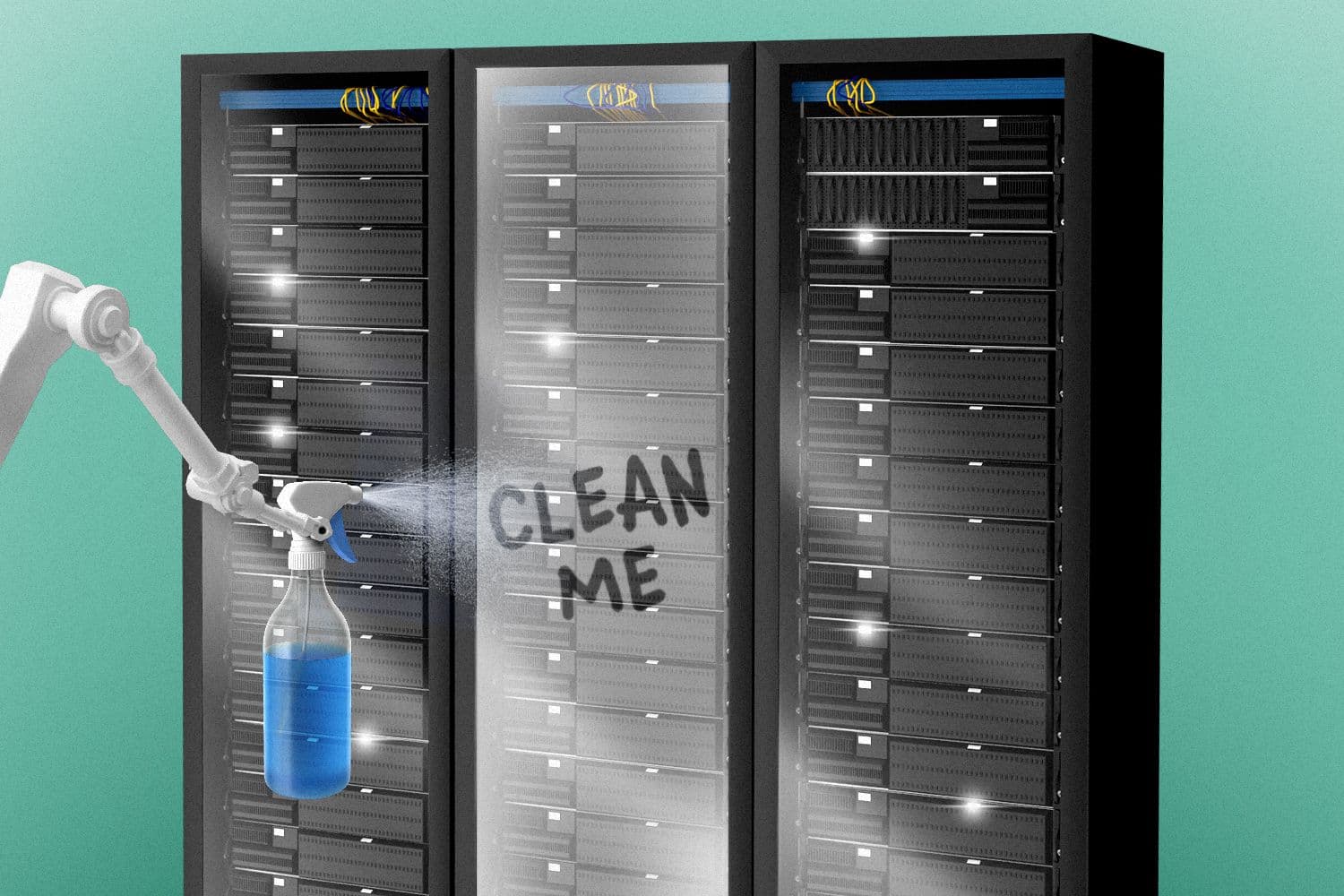More advertisers are using clean rooms, but not to their full potential, research says
Less than a third of advertisers surveyed by the IAB said they’re using the tech for measurement and attribution.

Francis Scialabba
• 3 min read
Advertisers are increasingly using clean rooms, but there’s still plenty of laundry to fold.
That’s according to the IAB’s 2023 State of Data report, based on a survey of “data decision-makers” across brands, publishers, and agencies. Released Tuesday, the report found that two-thirds of advertisers “leveraging privacy-preserving technology” were using data clean rooms.
Remind me? A data clean room is a catch-all term that can be boiled down to mean a technology that claims to allow users to merge datasets in a privacy-friendly way. Google and Amazon each have their own, while companies like Habu, InfoSum, and Permutive offer the tech outside of the walled gardens, acting as conduits. Essentially, clean rooms enable advertisers, publishers, platforms, and other parties to combine their first-party data “in compliance with privacy regulations, while allowing each participant to maintain privacy and control of its data,” according to the IAB.
Almost half of advertisers are using clean rooms for what the report called “data-privacy actions,” including data anonymization and compliance.
Less than a third reported using them for measurement and attribution—like measuring the return on investment of an ad campaign, for example—which suggests “untapped potential,” Jeffrey Bustos, the IAB’s VP of measurement, addressability, and data, told Marketing Brew from the IAB’s annual leadership meeting in Marco Island, Florida.
That isn’t totally surprising. Some advertisers are still learning about the tech; they need to crawl before they can walk and run, he said. In other words, though the tech is being adopted, it isn’t exactly like a new car—you can’t just turn a key and start the engine.
Cleaning crew
The report also provided a sense of how much brands are spending on clean rooms:
- Roughly half of respondents using data clean rooms said they had at least six employees working on the tech, with nearly a third dedicating at least 11 people.
- Among those using data clean rooms, 62% said they spent $200,000 on the technology last year, with about a quarter spending over $500,000. That group expects to increase their spend on data clean rooms by nearly 30% in 2023.
Get marketing news you'll actually want to read
Marketing Brew informs marketing pros of the latest on brand strategy, social media, and ad tech via our weekday newsletter, virtual events, marketing conferences, and digital guides.
Those costs can be prohibitive, “creating these two parallel worlds, not just with data clean rooms, but with a lot of ad-tech solutions where a lot of the small players just aren’t able to afford privacy-preserving ad tech,” said Bustos.
Zoom out: That influx of investment overlaps with increased regulatory pressure as more and more states adopt or consider consumer privacy laws aimed at t data practices. “If your company hasn’t started solving the privacy challenges coming this year, it’s time to start ringing the alarm bells,” the IAB wrote in its report.
Get marketing news you'll actually want to read
Marketing Brew informs marketing pros of the latest on brand strategy, social media, and ad tech via our weekday newsletter, virtual events, marketing conferences, and digital guides.